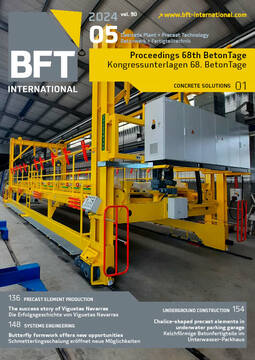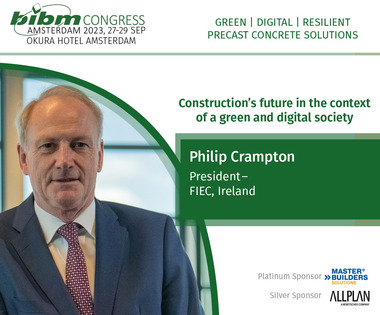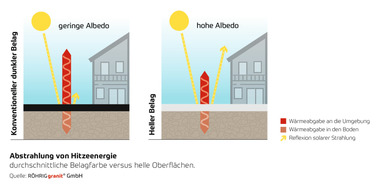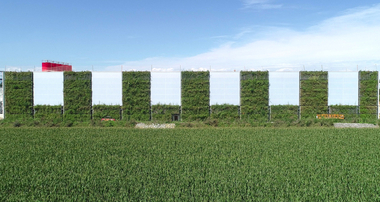Urban builders can support human health by fostering microbes from nature
The industrial revolution has reduced human exposure to natural microbes. Our urban environment, buildings and playgrounds moved from green to gray. At the same time our food became more processed. These ‘developments’ contributed to a reduction in the diversity of human gut and skin microbiomes. Interestingly, there is an accumulating amount of evidence that the diversity of the human gut microbiome is intimately linked to our health. For example, many chronic physical and mental diseases are associated with poor microbial diversity. On the other hand, healthy centenarians have a higher diversity of microbes in their guts than the control group. These findings form the essentials of the revision of the hygiene hypothesis, also known as the biodiversity hypothesis of health: Reduced contact of people to the natural environment and its associated microbial biodiversity may adversely affect the human commensal microbiota and its immunomodulatory capacity.
Microbial diversity connects human health with global health. This health perspective can change a mindset. It catalyzes the trend of recovering biodiversity as well as resilient human health. This paradigm can also result in the further elevation of the human microbiome field. Modern solutions to get into contact with microbes from nature are emerging. Examples are soil concentrates as cosmetic ingredients or sandbox supplements and breathable plant walls to spread microbes indoors. The author will deliver an inspirational keynote on this topic.






